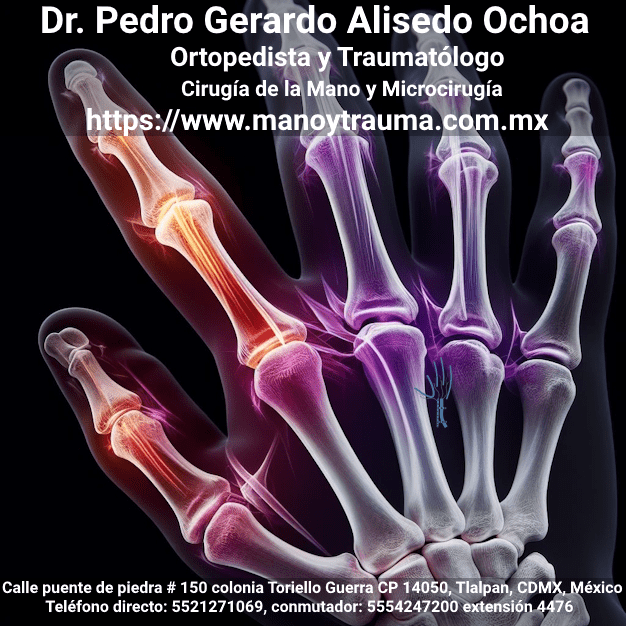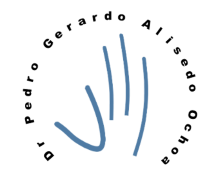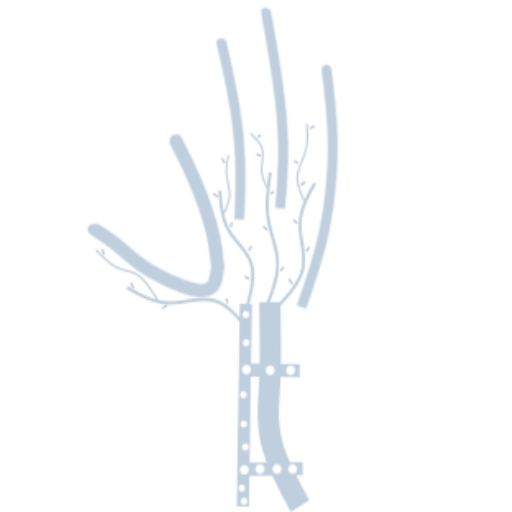Aumento con cinta de sutura para la reparación de la lesión del #ligamentocolateralradial del #dedoíndice: un estudio biomecánico
Suture Tape Augmentation for the Repair of Index Finger Radial Collateral Ligament Injury: A Biomechanical Study – Journal of Hand Surgery (jhandsurg.org)
#Biomecánica #Reparación Del #Ligamento #Colateral #Movilización Temprana #Cirugía De La #Mano
#Biomechanics #CollateralLigamentRepair #EarlyMobilization #HandSurgery
#SutureTapeAugmentation for the Repair of #IndexFinger #RadialCollateralLigament Injury: A Biomechanical Study@uconnhealth @MassGeneralNews#Biomechanics #CollateralLigamentRepair #EarlyMobilization #HandSurgeryhttps://t.co/iP3ENfs33w
— J Hand Surg Am- ASSH (@JHandSurg) February 20, 2024
A pesar de su importancia clínica para mantener la estabilidad del mecanismo de pellizco, las lesiones del ligamento colateral radial (LCR) del dedo índice pueden no ser reconocidas ni reportadas. El propósito de este estudio biomecánico fue comparar la reparación de los desgarros del LCR del dedo índice con un anclaje de sutura estándar o un aumento con cinta de sutura.
Conclusiones: La reparación del LCR con el dedo índice con aumento con cinta de sutura produce una disminución de la deformación con movimientos repetitivos en comparación con la reparación del LCR sola.
Relevancia clínica: el aumento con cinta de sutura puede permitir la movilización temprana después de la reparación del LCR con el dedo índice al actuar como un aparato ortopédico que protege el ligamento reparado de fuerzas deformantes.
Hawthorne BC, Wellington IJ, Davey AP, Torre BB, Propp BE, Dorsey CG, Obopilwe E, Ferreira JV, Parrino A, Rodner CM, Mazzocca AD. Suture Tape Augmentation for the Repair of Index Finger Radial Collateral Ligament Injury: A Biomechanical Study. J Hand Surg Am. 2024 Feb;49(2):179.e1-179.e7. doi: 10.1016/j.jhsa.2022.05.020. Epub 2022 Aug 10. PMID: 35963796.
Copyright © 2024 American Society for Surgery of the Hand. Published by Elsevier Inc. All rights reserved.


